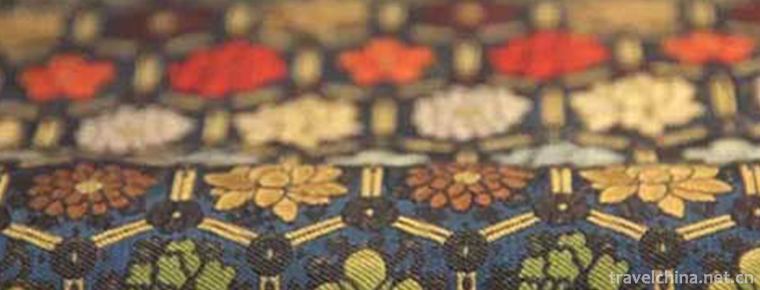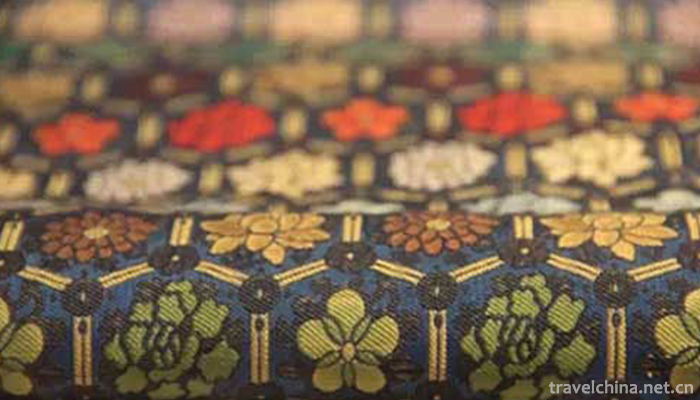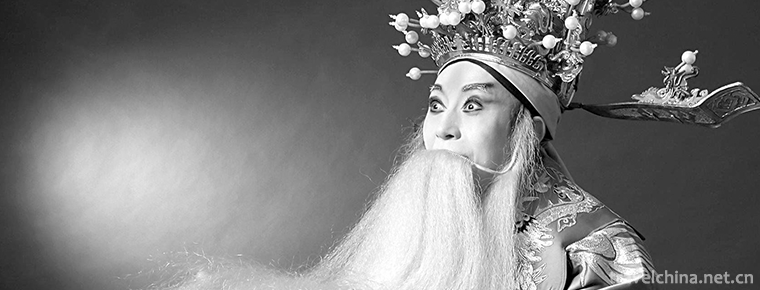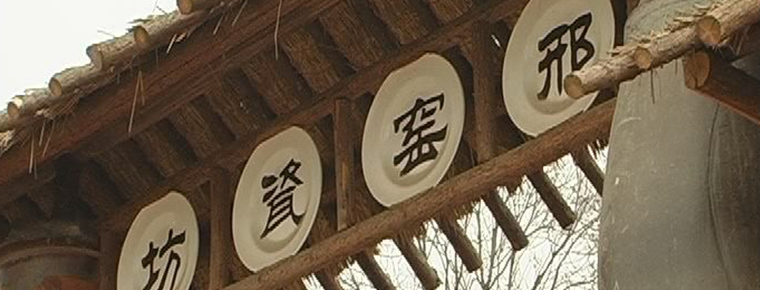2019-06-10

- By ChinaWiki.net
- Chinese Edition
- 2019-06-16
Song Brocade Weaving Skills
Song brocade weaving technology, traditional handicraft in Suzhou City, Jiangsu Province, is one of the national intangible cultural heritage.
Song brocade weaving process is numerous, mainly through reeling, dyeing, weaving and other more than 20 processes.
On May 20, 2006, Song brocade weaving technology was approved by the State Council and listed in the first batch of national intangible cultural heritage list, project number_-14.
historical origin
The origin of Song brocade can be traced back to the Spring and Autumn Period. The nobles of Wu State, located in the south of the Yangtze River, have used brocade extensively in their lives. Over time
With the development of the Song Dynasty, brocade weaving skills were comprehensively improved in the Northern Song Dynasty. During the Tang and Song Dynasties, Suzhou became the center of silk production in China. In the Southern Song Dynasty, Suzhou established its own courtyard. At that time, a new variety of brocade with exquisite texture and unique skills appeared in Suzhou, namely, Song brocade of Suzhou. It was used not only for clothing and clothing, but also for mounting of calligraphy and painting scrolls. There were more than 40 kinds of brocade. Especially the application of mounted calligraphy and painting, so that these beautiful and luxurious brocade and painting treasures can be preserved together. So later generations talked about brocade will be called Song, Song brocade from this name, passed down.
During the Ming and Qing Dynasties, Suzhou also had the Suzhou Weaving House, whose production and marketing of court weaving and folk silk weaving were flourishing, known as "Northeast Half City, Wanhu Machine Voice". The use of Song brocade fabrics expanded, especially in the reign of Kangxi and Qianlong, when Song brocade reached its heyday. The "Brocade Axis of the Bliss World" collected by the Palace Museum is the heavy brocade produced in Suzhou during the Qianlong period.
Technological characteristics
Song brocade is rich in color and has distinct layers. It does not need strong contrast colors, but uses several similar layers of colors to render halo. Its background color mostly uses beige, blue grey, mud gold, Lake color, etc. The characteristics of the main flower's stamens or patterns are moderate and bright with special colors, while the small patterns of the flowers wrapping or separating two kinds of colors are coordinated and neutral. The ingenious cooperation of various colors forms the solemn and beautiful style of Song Jin, which is suitable for halo rendering, complex but not disorderly, elegant and harmonious, and antique.
Technological process
There are many production processes in Song brocade, which usually go through more than 20 processes, such as silk reeling, dyeing and weaving. With the combination of warp and weft, Song and Jin dynasties, and the unique technique of color change by color throwing, the fabric surface color lines and organizational layers are more abundant. This technique was borrowed by Yunjin later, and has been popular in contemporary brocade weaving techniques.
The traditional Song brocade is woven on jacquard wood machine with two warp shafts and nine syntheses of ground warp and face warp. The ground is controlled by six synthesizers and the surface is controlled by three synthesizers. The motion of the heddle is controlled by six pedals, of which three pedals are connected to two heddles at the same time (because the two heddles are connected to rise and fall at the same time) in order to reduce the density of the heddle line. When weaving, there are twisters on top and weavers on the bottom, echoing from top to bottom, dispatching heald frames and throwing multi-color weft shuttles in exchange. Now, in weaving Song Jin, the pattern jacquard machine has been used instead.
Inheritance and Protection
Inheritance value
Song Jin is not only an important part of Suzhou's excellent traditional silk culture, but also an outstanding representative work of Chinese traditional silk skills, which has high historical and cultural value.
Song brocade has a high historical and cultural value. Although it has evolved for thousands of years, it is still famous at home and abroad for its simple and elegant style and unique artistic charm.
Current situation of inheritance
Due to the economic transformation and long-term neglect, traditional Song brocade handicraft workshops have been discontinued, and artists, tools and patterns are seriously lost. It is urgent to take effective measures to restore and protect them.
Heritage figures
Qian Xiaoping, Han nationality, born in September 1939 in Wujin County, Jiangsu Province. In June 2007, Qian Xiaoping was selected as the representative successor of the first batch of national intangible cultural heritage projects and declared in Suzhou, Jiangsu Province.
protective measures
Suzhou has established the first industrial park with Song brocade as its theme in China, the Song brocade Cultural Industrial Park in Suzhou, including the exhibition of Song brocade (silk) cultural boutiques, the exhibition of silk production technology of Song brocade and Wujiang intangible cultural heritage, etc.
social influence
Important Exhibitions
From April 16 to 28, 2015, "The Exhibition of Traditional Weaving, Embroidery and Dyeing Techniques in Jiangsu Province" was held at Gongwangfu, Beijing. Wujiang Dingsheng Silk, along with APEC Leader's Clothing, Song Jin Luggage and Song Jin Brocade and Brocade Painting, etc., appeared on the exhibition site. Because of its exquisite texture and unique craftsmanship, Song brocade weaving technology extension products have attracted a large number of tourists to stop and appreciate.

Ask a Question
Your email address will not be published.



0 Questions